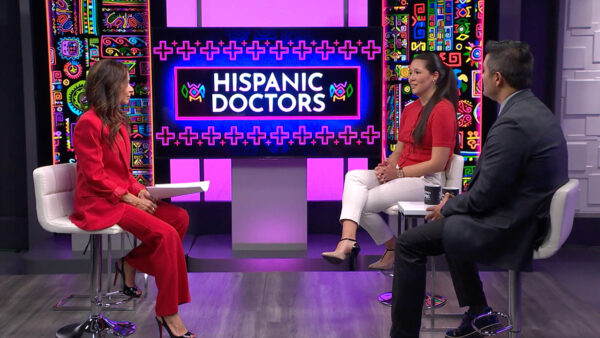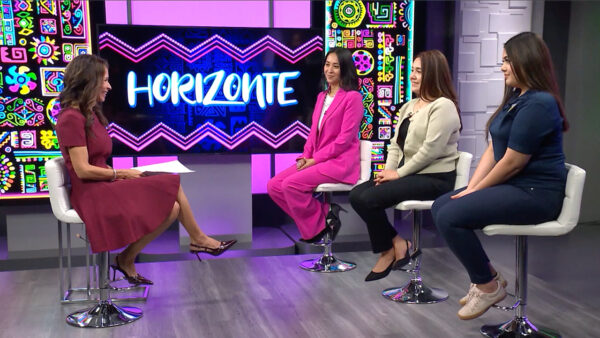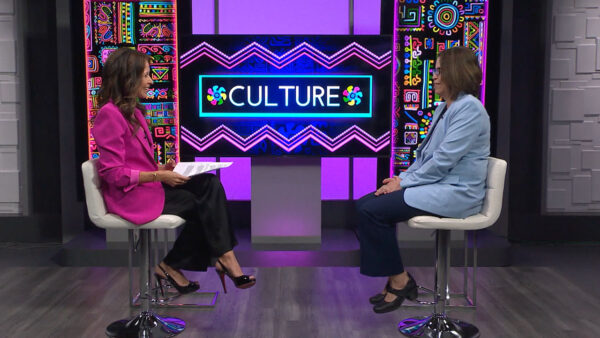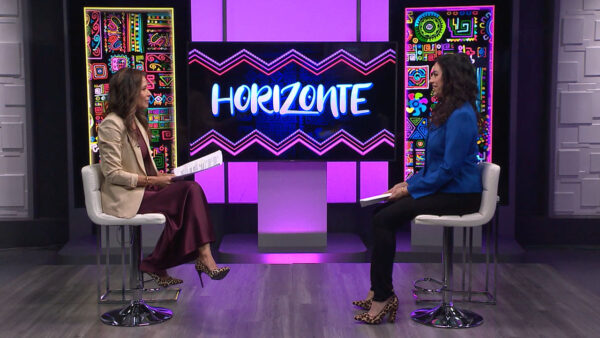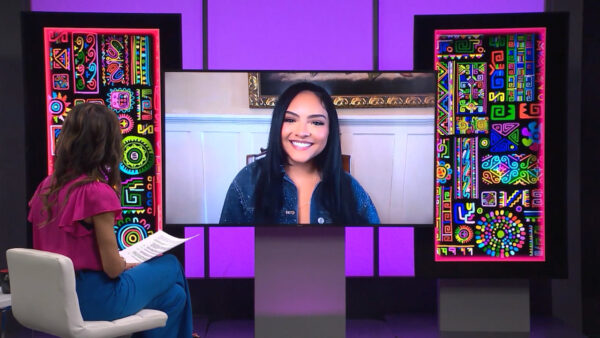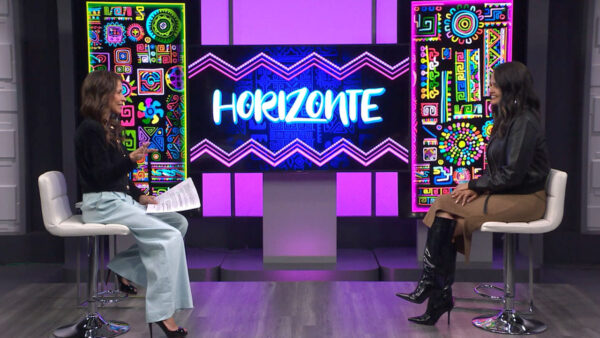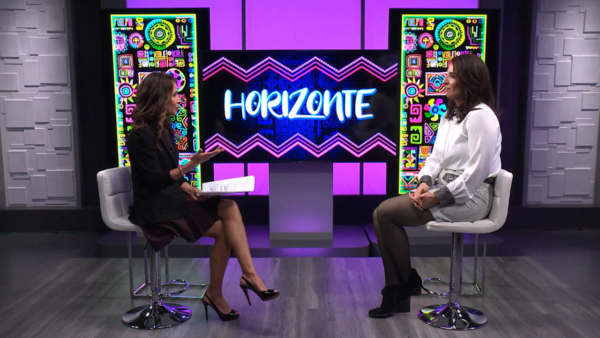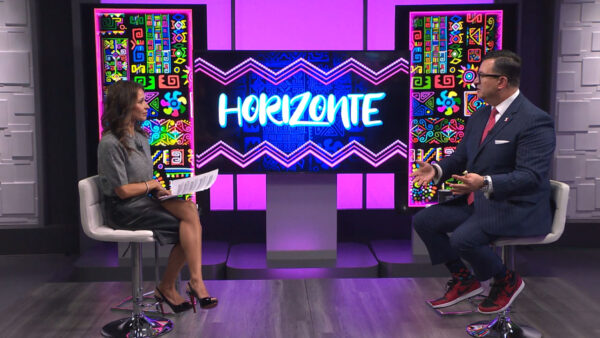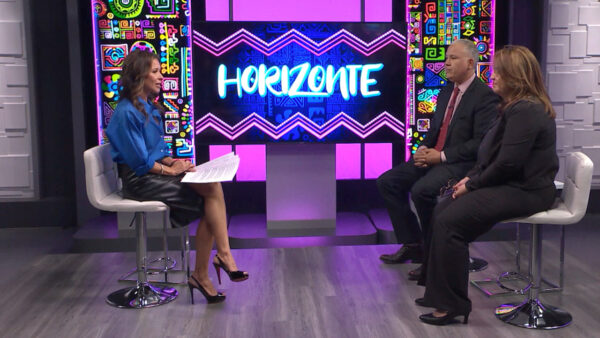Through Each Others Eyes (TEOE) is group of volunteer photographers who help people around the world appreciate and understand cultures different from their own. Bob Rink, photographer and Through Each Others Eyes board member/founder and Art Holeman, photographer with Through Each Others Eyes, talk about what the group does around the world and in the valley.
José Cárdenas: In 1996, a group of Arizona photographers formed "Through Each Other's Eyes," also known as "TEOE." The group uses pictures to document cultures from different perspectives. "Through Each Other's Eyes" also shares their talents with valley schools and students. With me to talk about this is photographer Bob Rink. Bob is one of the founders and a board member of "Through Each Other's Eyes." Also here is photographer Art Holeman, also a founder and a board member of TEOE. Gentlemen, thank you for joining us on "Horizonte." Talk about the founding of TEOE. What was the genesis?
Bob Rink: Things began with the sister city organization, the director of sister cities had this idea if we took two photographers from Phoenix and took them to Japan and brought two Japanese photographers here, the images created by that exchange would be quite unique and that's where it started.
José Cárdenas: And then over a couple years, two or three years, you decided you would make it more formal and not just tie it to the sister cities?
Bob Rink: Correct, uh-huh. To continue this on and become independent, we created our own 501(C)(3) and we've been doing these exchanges now for almost 25 years.
José Cárdenas: And art, tell us a little bit about the structure of the organization, you were one of the founders as well, but how does this work? How do you decide what exchanges and who is going to participate?
Art Holeman: Well, we have a group of photographers, I'm not one of the founders, I'm one of -- recently --
José Cárdenas: We said you were one of the founders, so you're one of the founders. No, I'm just teasing. [Laughter]
Art Holeman: We go through a process of trying to pick out photographers for the exchanges, and try to go very pleasant people, not necessarily photographers, but people that you could travel with because you're gone for a week or two sometimes, and traveling and photographs, trying to get into different people's cultures and lives and we home state these areas.
José Cárdenas: You mean you visit you stay in families' homes?
Art Holeman: Correct.
José Cárdenas: And pre-internet, you have a robust website now, but pre-internet how did you get people to look at the pictures and accomplish the mission of TEOE?
Art Holeman: Well I guess it would be strictly for the exhibits then, and trying to get the message out. And schools, they did some things at the schools and I guess primarily with the exhibits.
José Cárdenas: And over the years, Bob, I understand there's been a substantial number of people by some estimates, about a million in the different countries where the pictures have been exhibited that have seen them?
Bob Rink: We try do them in public locations. Phoenix, it was Phoenix city hall. And what used to be valley national bank, the big skyscraper here in downtown.
José Cárdenas: So you would take them and the exhibitions would be both in the city in which the -- in both cities, where they were taken. So an example of the first one, in Japan, and in Arizona.
Bob Rink: Correct. And our exchanges with Cuba, we exhibited in a prominent location in Havana known for photography. And has a number of cultural art locations and exhibited in those various locations.
José Cárdenas: I want to make sure we get a look at some pictures and come back with more specific questions about the organization. But we did mention the effort that you're involved in with respect to the schools and I know one aspect is taking pictures of kids who might not otherwise be able to afford them. There's a series we'll put on the screen and I want to talk about those. What was the PAPPAS school and you go in and take school photos of the kids. I think we have three we want to put up and show. I want you to talk them about them as they come up. There's one. Are these volunteer photographers who go out?
Art Holdman: Yes, this is, I believe Children's First Academy. We set them up these are the class portraits. And it's kind of a fun project, there's three or four photographers we have in the setting at one time. A couple of different backgrounds going on and we bring them in to classes and we have to I.D. the images and supply them.
José Cárdenas: And some of the pictures that were actually taken by photographers participating in the exchanges, I know there's some of Cuba and I don't think these are yours, Bob, but you have made this trip. Tell us a little bit about that experience.
Bob Rink: Correct. Cuba is a relatively unknown community for us in the United States. It's a forbidden city, or country, and to have an opportunity to pop into their community.
José Cárdenas: This is also a picture from that trip.
Bob Rink: Uh-huh. Dominoes is the nation's past time and there's smoking that goes on, you can see that through the shot. People sit in town squares and parks and play dominoes for hours.
José Cárdenas: I know we've got a couple of pictures from Mexico. One of them was one that you shot, Art. And is this a recent exchange?
Art Holdman: Yeah, it is two years ago. I was just south Agua Prieta, and went in through Douglas and met two photographers there and Colleen and myself traveled to Sonora and went to over to Nacori Chico by the Sierra Madres and, Denis Scully did this one, I believe it was around Hara Masio, it might have been at Alamos.
José Cárdenas: And these are pictures that people can go to your website and take a look at. We'll encourage our viewers to do that and in the meantime, thank you for joining us. That's our show for tonight. From all of us here at "Horizonte," I'm José Cárdenas, have a good evening.
Bob Rink:Photographer, Board Member/Founder, Through Each Others Eyes; Art Holeman:Photographer;












